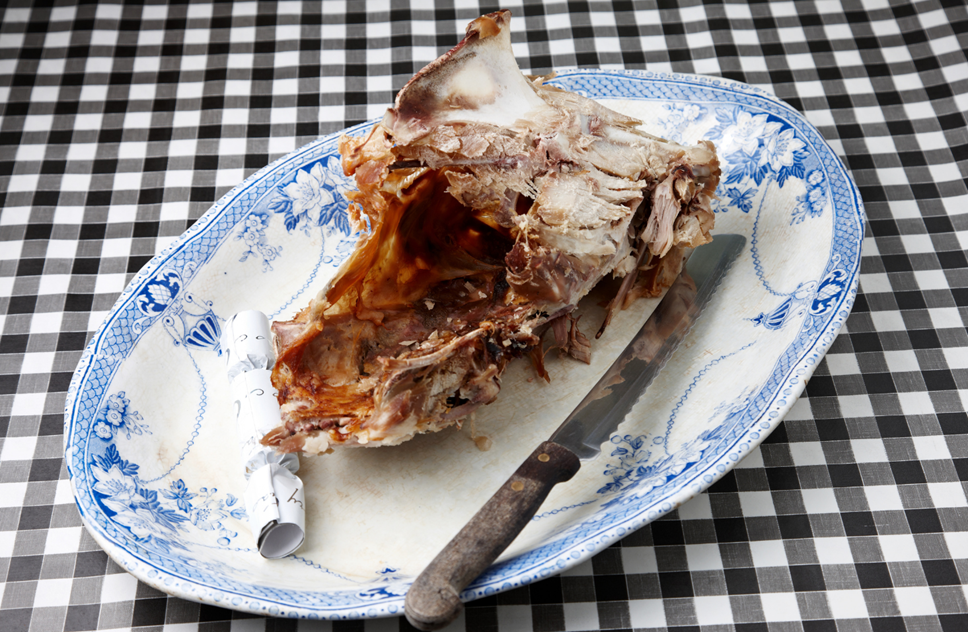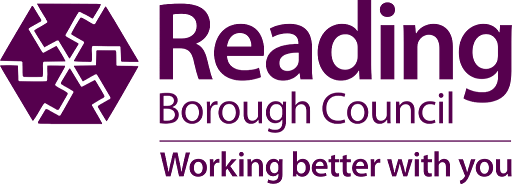
Increase in food waste recycling continues as service expands across more Reading households
- Reading's recycling rate has increased from 34% to over 50%, boosted by food waste recycling
- More households than ever in Reading will be able to participate in food waste recycling this year
- The proportion of food waste found in grey bins has dropped from 41% to 23%
READING Borough Council’s commitment to food waste recycling is continuing into 2023, with more households than ever benefitting from the service.
The second phase of the scheme’s rollout commenced in the summer, and has brought the service to over 950 flats across 42 blocks. This work is continuing through 2023 and will eventually see 14,500 high and low rise flats participating in the scheme. It is being implemented on a block by basis to achieve greater buy in of residents and maximise participation.
The amount of food waste being sent to landfill by Reading residents has dramatically reduced with the introduction of the Council’s food recycling scheme, launched in October 2019 to the first 3,000 early adopters and followed by the roll out to 56,000 houses around the borough. This has seen Reading’s recycling rate sky-rocket from 34% to over 50% of the borough’s waste being recycled. The proportion of food waste found in grey bins has dropped from 41% to 23% since the scheme’s introduction.
Other headline figures revealed this week highlighting the achievements of the introduction of food waste collections in the borough are:
- The average participating household’s food waste weighs in at 2.5kg per week, which far exceeds our original target of 1.4kg per household.
- An additional carbon reduction saving of 4,700 tonnes per annum has been realised, further reducing our carbon footprint.
- A cost saving of roughly £500,000 per year has been realised from efficiencies in revised collection scheduling and the reduction of residual waste treatment costs.
The Council is keen to capitalise on this increase in recycling, and is encouraging residents to take further steps to help increases recycling rates in other ways too, including:
- Maximise your recycling: Residents can order extra kerbside recycling bins or boxes. These are available online from reading.gov.uk/waste-and-recycling/order-a-bin-or-bag. This will give you even more capacity to put your plastic bottles, trays and tubs, paper and card, clean foil, tins and cans in, instead of in your grey waste bin. Download the free re3cyclopedia app from www.reading.gov.uk/waste-and-recycling for more recycling guidance and tips.
- Ensure glass doesn’t go in red or grey bins: Make good use of Reading’s 200 glass banks located in over 50 locations throughout the borough. Glass bottles and jars of any colour can go into any glass recycling bank, and lids and caps can be left on.
- Donate or properly dispose of old clothing: Donate to charity shops or utilise textile banks. You can find these on the recycling banks page on our website, with sites including Rivermead Leisure Centre, Hills Meadow Car Park, Berkley Avenue and Coley Park Community Centre.
- Properly dispose of small electricals: Place items such as toasters, kettles and hairdryers in a bag next to your red wheelie bin on recycling collection day.
- Ensure batteries and vapes don’t go in recycling or general waste where they can inadvertently ignite. Batteries should be left in a carrier bag on top of your recycling bin on recycling collection day.
- Get rid of soft plastics at supermarkets: Crisp packets, fruit and veg bags and carrier bags can be disposed of at many supermarkets. Check your supermarket’s website to see if they have a soft plastics recycling point.
Cllr Karen Rowland, Lead Member for Environmental Services and Community Safety, said:
“The people of Reading have done a great job of embracing food waste recycling and helping us get the recycling rate up over 50% which is a laudable achievement. However, we will continue to increase that number as we bring food recycling to thousands more people who live in flats this year, where we know many residents are eager to get on board and do their bit.
Working through the unique challenges of blocks of flats on an individual basis helps officers to tailor an approach and methods for collection that best fits each site and its residents. Officers look to speak with and engage with residents and management agents to provide guidance on using the new service as well as answering queries on its implementation and how it fits with the existing kerbside recycling scheme.
Together, I’m excited that we can increase Reading’s recycling rate further, so when our officers come to your residential block be sure to get on board! Meanwhile if you’d like to be even more engaged with helping Reading achieve greater heights with our recycling numbers, do access our recycling information on our website and the re3cyclopedia app to see how else you can maximise what you recycle”.
